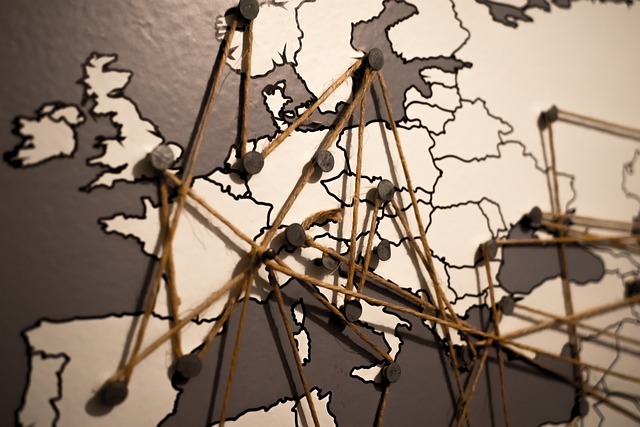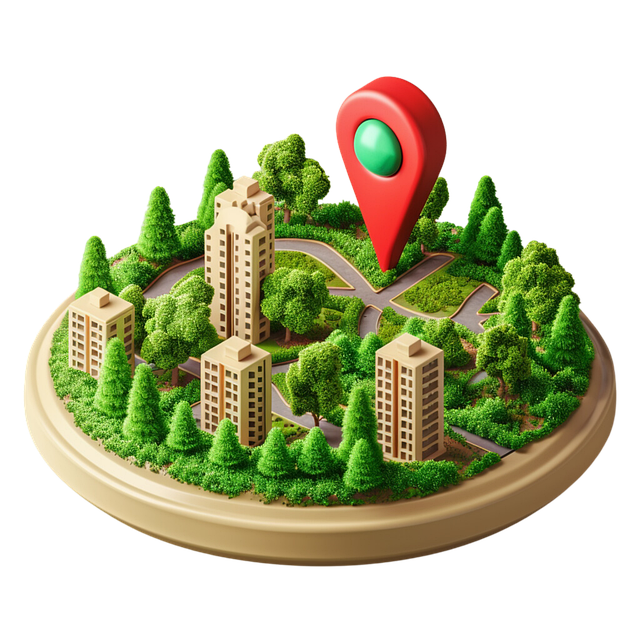The Future of Pincodes in India’s Digital Age

The Future of Pincodes in India’s Digital Age
As India undergoes a massive digital transformation, the humble six-digit Pincode—once just a tool for postal delivery—is evolving into a powerful data point that drives innovation, governance, and commerce. From e-commerce logistics to smart city planning, Pincodes are increasingly being woven into the fabric of India’s digital infrastructure.
In this article, we’ll explore how Pincodes are adapting to the digital era, the future trends we can expect, and why they will remain central to India’s growth story.
1. Pincode as a Geospatial Identity
In today’s data-driven environment, geolocation is key. Pincodes serve as standardized, easy-to-use geographical identifiers for mapping services, navigation apps, and public data systems. As digital mapping and AI become more sophisticated, Pincodes are being integrated into:
- GIS (Geographic Information Systems)
- Satellite-based tracking
- Address intelligence platforms
This integration enables businesses and governments to visualize, plan, and execute location-specific strategies with precision.
2. Pincodes in E-Commerce and Hyperlocal Delivery
Online retail and delivery-based services depend on Pincode data for:
- Route optimization
- Delivery feasibility checks
- Inventory management
- Customer segmentation
Platforms like Amazon, Flipkart, Zomato, and Swiggy use advanced Pincode mapping to determine service availability and provide estimated delivery times. In the future, more granular Pincode clusters or digital subzones could improve accuracy.
3. Digital Pincode APIs and Smart Integrations
The rise of Digital India has led to the development of APIs (Application Programming Interfaces) that allow businesses and developers to fetch Pincode-related information in real time. Services like PinLookup.in offer accessible, accurate Pincode data that can be integrated with CRM systems, logistics software, and e-government platforms.
Expected advancements:
- Dynamic Pincode zones for high-demand areas
- Real-time Pincode validation in checkout forms
- Integration with biometric databases for better identity mapping
4. Smart Cities and Urban Planning
Pincodes are becoming crucial for the planning and implementation of smart infrastructure. Urban planners and municipal corporations use Pincode-based data to:
- Identify underserved regions
- Allocate civic budgets
- Plan emergency response systems
In the near future, Pincodes could be linked with IoT (Internet of Things) sensors to detect waste management needs, water supply issues, or electricity faults in real time.
5. Financial Inclusion and Governance
Government programs like Aadhaar, PMJDY (Jan Dhan Yojana), and DBT (Direct Benefit Transfer) rely on location-based targeting. Pincodes help ensure that:
- Services reach remote and rural areas
- Citizens are mapped to their respective administrative units
- Financial services are extended to low-penetration zones
Digital Pincode databases make it easier to build inclusive, responsive systems that adapt to local needs.
6. Enhanced Emergency and Disaster Response
During natural disasters, Pincodes can help first responders quickly identify affected areas. Disaster relief apps and emergency communication systems use Pincode data for:
- Coordinating rescue teams
- Mapping hazard zones
- Distributing aid efficiently
In the future, real-time alerts based on smart sensors could be geo-targeted down to specific Pincodes.
7. AI and Predictive Analytics Using Pincode Data
AI systems increasingly rely on structured geolocation data. By analyzing Pincode-level demographics, weather patterns, and infrastructure, predictive models can:
- Forecast disease outbreaks
- Predict housing market trends
- Improve traffic planning
With the rise of machine learning and big data, Pincode data will feed more intelligent systems across sectors.
8. Pincode Standardization and Digital Documentation
The government may soon enforce stricter address validation and documentation standards. This includes:
- Linking property records to Pincodes
- Auto-verifying addresses during KYC
- Streamlining land registry systems
A standardized, validated Pincode system will minimize fraud, improve compliance, and enhance data reliability.
9. Future Challenges
With all the promise, challenges remain:
- Data accuracy: Many regions have outdated or incorrect Pincode data.
- Overlapping jurisdictions: Some areas fall under more than one administrative body.
- Tech integration: Small businesses and local governments may lack the infrastructure to adopt digital tools.
To overcome this, collaborative efforts between government, startups, and tech platforms like PinLookup.in are essential.
10. Conclusion: Pincode as a Digital Asset
As India continues to digitize, Pincodes are no longer just postal tools. They are evolving into digital addresses that enable everything from online shopping to disaster relief and financial inclusion. In the coming years, Pincode intelligence will power:
- Location-aware apps
- Real-time governance
- Automated supply chain networks
- Personalized services
Platforms like PinLookup.in will play a key role in this transformation by offering updated, reliable, and accessible Pincode data for individuals, businesses, and government agencies alike.
FAQs
1. Will Pincodes become obsolete in the digital age?
No. Pincodes are being enhanced, not replaced. They are evolving into smarter, data-rich identifiers for various digital services.
2. What role does PinLookup.in play in the future of Pincodes?
PinLookup.in offers accurate, updated Pincode data and APIs that support businesses, developers, and public platforms in integrating location intelligence.
3. How can startups use digital Pincode data?
Startups can integrate Pincode APIs for customer segmentation, logistics, fraud prevention, and smart marketing.
4. Can Pincodes help in pandemic or emergency response?
Yes. Geo-tagged Pincode data helps authorities quickly identify and respond to affected regions.
5. What improvements can we expect in the Pincode system?
Expect dynamic zoning, smart address validations, and deeper integration with digital platforms and IoT systems.




